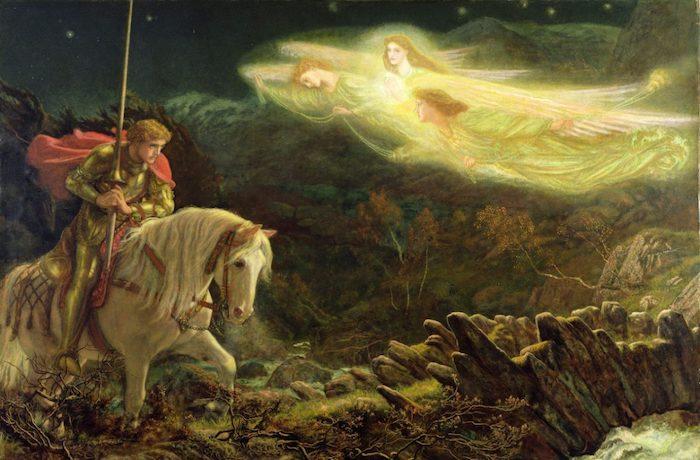Type “Holy Grail” into Google and … well, you probably don’t need me to finish that sentence. The sheer multiplicity of what any search engine throws up demonstrates that there is no clear consensus as to what the Grail is or was. But that doesn’t mean there aren’t plenty of people out there claiming to know its history, true meaning, and even where to find it.
Modern authors, perhaps most (in)famously Dan Brown, offer new interpretations and, even when these are clearly and explicitly rooted in little more than imaginative fiction, they get picked up and bandied about as if a new scientific and irrefutable truth has been discovered. The Grail, though, will perhaps always eschew definition. But why?






